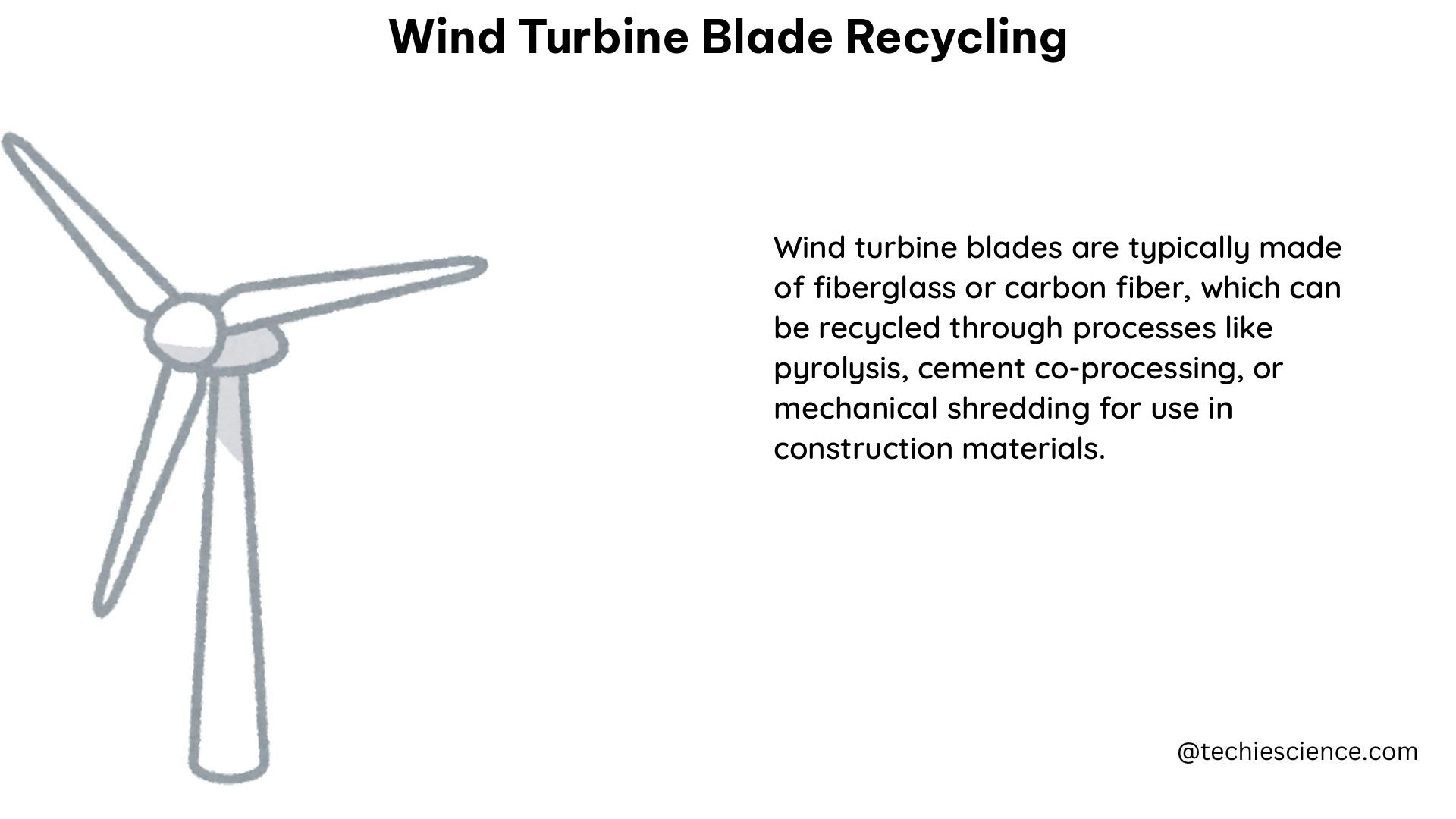As the wind energy sector continues to grow, the issue of wind turbine blade waste has become a significant concern. It is estimated that by 2050, the global wind turbine blade waste will reach a staggering 43 million tons. The primary challenge in recycling wind turbine blades lies in their composite material, which is not easily recyclable using conventional methods. However, researchers are actively developing new recycling technologies and material innovations to make wind energy more sustainable and environmentally friendly in the long term.
Calculating Wind Turbine Blade Weight
The weight of wind turbine blades can be calculated using the following equation:
Blade Weight = Number of Blades × Number of Turbines × Weight of Each Blade
This equation, known as Equation 2.1, provides a straightforward way to estimate the total weight of wind turbine blades. However, acquiring the necessary data, such as the number of blades, number of turbines, and the weight of each blade, can be challenging, especially for large-scale wind farms. In such cases, researchers have developed predictive models that can estimate the weight of the blades with a high degree of accuracy.
Theoretical Fundamentals of Wind Turbine Blade Recycling

The theoretical fundamentals of wind turbine blade recycling involve sorting the data and calculating the median of the respective values for each category. This process generates a coefficient that can be used to predict the weight of the blades. While this method has been predominantly used at the laboratory scale, it has the potential to be scaled up and applied in industrial settings, contributing to the sustainability and environmental friendliness of wind energy.
Recycling Techniques for Wind Turbine Blades
Researchers have explored various recycling techniques for wind turbine blades, including:
-
High Voltage Fragmentation: This method involves breaking down the composite material into smaller pieces that can be reused in new thermoset polymer composites.
-
Mechanical Recycling of Glass Fiber Thermoset Composite: Similar to high voltage fragmentation, this technique mechanically breaks down the composite material for reuse.
-
Recycling Carbon Fiber Reinforced Polymers: Technologies such as pyrolysis and fluidized bed recycling are being investigated to recycle carbon fiber reinforced polymers for structural applications.
These recycling techniques aim to maximize the recovery and reuse of wind turbine blade materials, contributing to the overall sustainability of the wind energy industry.
Achieving 100% Recyclability
To ensure the long-term sustainability of wind turbines, it is essential to recycle as much of the wind turbine materials as possible. Currently, only 80% to 85% of the wind turbine materials can be recycled. However, there is potential to reach 100% recyclability through continued research, innovation, and collaborative efforts among researchers, policymakers, and industrial stakeholders.
Challenges and Opportunities
The main challenges in wind turbine blade recycling include the complex composite material, the large size and weight of the blades, and the logistics of transporting and processing the blades. However, these challenges also present opportunities for innovation and technological advancements.
Researchers are exploring new material technologies, such as thermoplastic composites and bio-based resins, which can improve the recyclability of wind turbine blades. Additionally, the development of automated disassembly and sorting processes can streamline the recycling workflow, making it more efficient and cost-effective.
Conclusion
Wind turbine blade recycling is a critical aspect of the wind energy industry’s sustainability efforts. By addressing the challenges and leveraging the opportunities presented, the wind energy sector can work towards a future where 100% of wind turbine materials are recycled, minimizing waste and maximizing the environmental benefits of this renewable energy source.
References:
- Lucas Santos, “Wind Turbine Blade Waste: A Quantifying Model,” 2021.
- Khalid Muhammad Yasir Arif Zia Ullah Hossain Mokarram Umer Rehan, “Recycling of wind turbine blades through modern recycling technologies: A road to zero waste,” 2023.
- Sandra Sorte, Nelson Martins, Mónica S. A. Oliveira, German L. Vela, Carlos Relvas, “Unlocking the Potential of Wind Turbine Blade Recycling: Assessing Techniques and Metrics for Sustainability,” 2023.
- P. Liu, C.Y. Barlow, “Wind turbine blade waste in 2050,” Waste Management, 2017.
- Cooperman Aubryn, Eberle Annika, Lantz Eric, “Wind turbine blade material in the United States: Quantities, costs, and end-of-life options,” Resources, Conservation and Recycling, 2021.
- M.S.A. Oliveira, G.L. Vela, C. Relvas, “High voltage fragmentation and mechanical recycling of glass fiber thermoset composite,” CIRP Annals – Manufacturing Technology, 2017.
- J. Beauson, A. Laurent, D. Rudolph, J.P. Jensen, “The complex end-of-life of wind turbine blades: A review of the European context,” Renewable and Sustainable Energy Reviews, 2022.
- R. Fonte, G. Xydis, “Wind turbine blade recycling: An evaluation of the European market potential for recycled composite materials,” Journal of Environmental Management, 2018.

The lambdageeks.com Core SME Team is a group of experienced subject matter experts from diverse scientific and technical fields including Physics, Chemistry, Technology,Electronics & Electrical Engineering, Automotive, Mechanical Engineering. Our team collaborates to create high-quality, well-researched articles on a wide range of science and technology topics for the lambdageeks.com website.
All Our Senior SME are having more than 7 Years of experience in the respective fields . They are either Working Industry Professionals or assocaited With different Universities. Refer Our Authors Page to get to know About our Core SMEs.